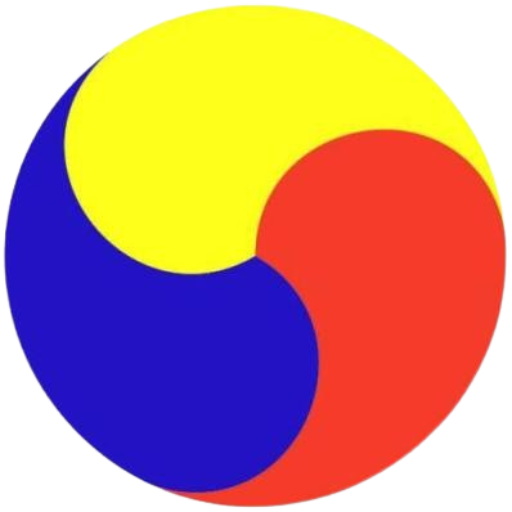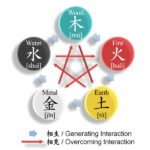(Courtesy of News1 Korea)
South Korea’s headline inflation remained in the 2% range for the fourth straight month in July despite a reacceleration, complicating the Bank of Korea’s rate decision amid mounting household debts and weakening domestic spending in the country.
Consumer prices in July increased 2.6% from a year ago, data released by Statistics Korea showed on Friday.
The acceleration is faster than last month’s 2.4% gain but stayed below 3% for the fourth month in a row, indicating that Asia’s No. 4 economy’s headline inflation will likely trend down toward the Bank of Korea’s 2% inflation target.
The country’s annual core inflation less food and energy prices tracked by the Organization for Economic Co-operation and Development (OECD) increased 2.2% from a year ago, unchanged for three consecutive months.
The government attributed an uptick in headline inflation to torrential rains during the country’s summer monsoon season and the higher international oil price.
South Korea’s consumer inflation
(Unit: %)
Agricultural, livestock and fishery prices added 5.5% year-over-year last month, largely driven by high fresh fruit prices, which jumped 21.3% over the same period. As a result, agricultural products’ contribution to inflation stood at 0.34 percentage point.
Petroleum product prices also rose 8.4%, the highest gain since October 2022.
The finance ministry expects the country’s inflation will stay in the low-to-mid 2% range for the rest of this year after moderating in August, said Kim Beom-seok, first vice minister of Korea’s Economy and Finance Ministry.
However, the growing geopolitical risk in the Middle East and extreme weather conditions remain uncertainties that could affect the country’s consumer price trend, he added.
BOK IN LIMBO
Korea’s latest inflation figure heightened expectations for the BOK’s imminent rate cut.
The BOK could consider rate cuts once it confirms inflation stays in the range between 2.3% and 2.4% in the second half, BOK Governor Rhee Chang-yong said after the bank left the policy rate unchanged at 3.50% in May.
The rate froze at the same level during the following monetary policy meeting in early July for the 12th straight time when Governor Rhee said the time was ripe to prepare a rate cut.
But he remained undecided about the timing for a cut, citing the country’s snowballing household debts and the weak Korean currency against the US dollar.
The outstanding balance of household lending by Korea’s five commercial banks stood at 715.74 trillion won ($520 billion) at the end of July, up by 7.17 trillion won, or 1%, from the previous month, industry data showed on Thursday.
The country’s real estate prices rebounded in the recent months.
But overall domestic consumption has slowed down, suggesting that the BOK can’t ignore calls for rate cuts.
The US Federal Reserve’s strong signal for a rate cut in September is also expected to further pressure the Korean peer into trimming rates.
The market expects the BOK may pivot in October after it confirms on the government’s fresh measures for the country’s sizzling real estate market.
Korea’s treasury bond yields fell to their lowest points in more than two years early this week, slipping below the 3% level for the first time since April 2022 as the country’s unexpected economic downturn in the second quarter raised expectations of at least two rate cuts this year.
By Kyung-Min Kang
kkm1026@hankyung.com
Sookyung Seo edited this article.















